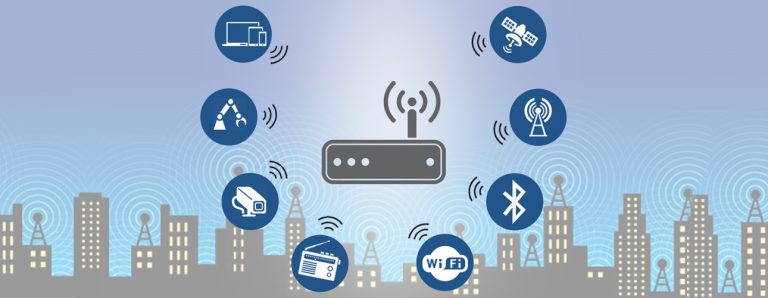
Mobile networking refers to technology that can support voice and data network connectivity using wireless through a radio transmission.
In the past, wireless communication used circuit switching to carry voice over a network, but recently voice and data are being transmitted over both circuit switched and packet-switched networks.
Know more about the types and application of Wireless Network.
Who Sets The Global Mobile Technology Standards?
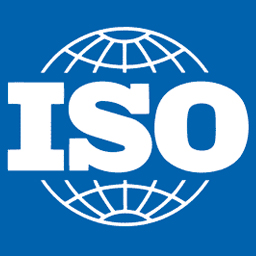
The global standardizations are provided by the International Standard Organization.
The role of standards is to make easy interconnection between different types of a telecommunication network. It provides interoperability over networks and it enables free movement and trade of equipment.
There are various standard-setting bodies that develop the telecommunication standards based on government regulations, public demands, and business trends.
The global standardizations are provided by the International Standard Organization.
The popular telecommunications and networking standards are given by international organization such as the Institute of Electrical and Electronics Engineers (IEEE) and Internet Engineering Taskforce (IETF).
The international standard developers in telecommunication sector are International Telecommunication Union and International Standards Organization (ISO).
These standard organizations set the mobile system standards when the new technology emerges and the regulations and market demand change.
The mobile systems from the first generation to the fifth generation have changing features and used technologies.
Mobile Standards From 1G to 4G
The first generation of mobile technology was developed with the analog transmission in 1981. They had a low traffic density, poor voice quality, insecure and it used unencrypted transmission.
2G GSM
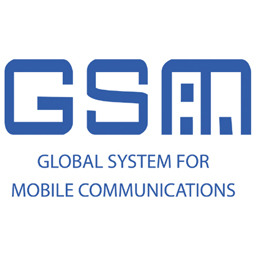
GSM was the first digital mobile cellular standard which is still in use today.
GSM was the first digital mobile cellular standard which is still in use today. GSM standard is provided by the European Telecommunication Standards Institute which was the first European digital cellular standard to support international roaming
In 1982, GSM group was started and it allocated the spectrum bands 890-915 MHz and 935-960 MHz.
It was the first cellular standard that defined both air interface and several aspects of the higher layers. It is based on Time Division Multiple Access and it has the performance and feature of GSM that led to adopting in cellular telecommunication.
Presently GSM is the leading global cellular standard in the market share and it is used by nearly 5 billion subscribers.
3G WCDMA
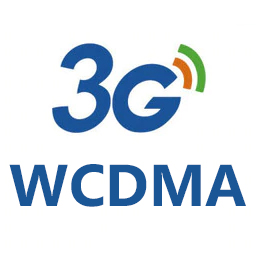
The widely used 3G cellular standard is UMTS (Universal Mobile Telecommunication System).
The widely used 3G cellular standard is UMTS (Universal Mobile Telecommunication System). UMTS was created with the air interface of Wideband CDMA by the third generation Partnership project.
The 3G standard was designed to overcome the 2G cellular standards to enable the transmission of high-quality images and video by using IP based broadband services.
The main goal of these standards is to design the single third-generation air interface. In 1998, ETSI approved UMTS and started as a commercial network in Europe and Japan in 2001 and 2002.
4G WiMax
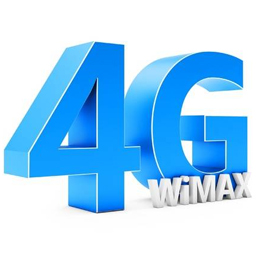
WiMax (Worldwide Interoperability for Microwave Access)
The standard of 4G cellular is WiMax (Worldwide Interoperability for Microwave Access) and it is a broadband wireless standard.
The IEEE standard of 4G is 802.16 for wireless Metropolitan Area Network and it employs orthogonal frequency division multiplexing and orthogonal frequency division for multiple accesses.
It was established in 1988 in order to develop an air interface for wireless broadband access.
This standard used a single physical layer and burst time division at the MAC layer for multiple accesses.
The features of WiMax are adaptive modulation, scalable bandwidth, coding and antenna techniques used in multiple-input-multiple-output (MIMO) etc.
WiMax has the capability of maintaining high data rates and it can support up to 75 Mbps. 4G technologies provide ultra-broadband access for mobile devices. The set of standards created by the International Telecommunication Union-Radio communication sector that must meet the order of International Mobile Telecommunication-Advanced specification
The best 4G must able to deliver smooth handovers among different networks without any data loss and high-quality service for the next generation. The special feature of the 4G technology is the elimination of parallel-circuit switched and packet switched network nodes that use IPV6.
It provides a huge number of addresses and provides a different experience to the user.
The high data rate of 4G is nearly 100 megabit per second on a highly mobile network and 1gigabit per second for a user with a local wireless connection.
4G represents a great evolution over 3G standards in which removal of IP address limitation, increased data transfer rates.




